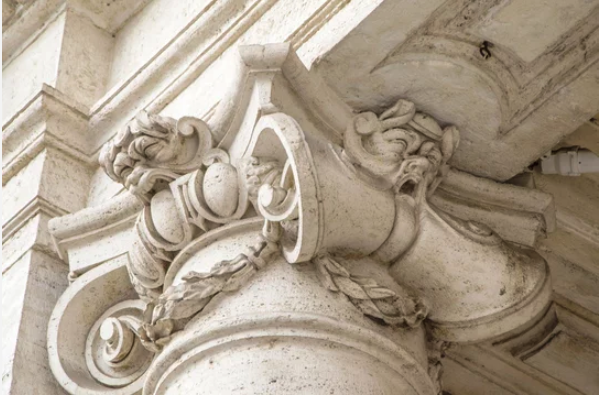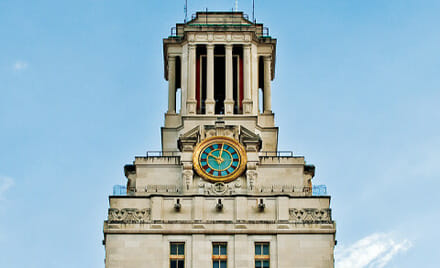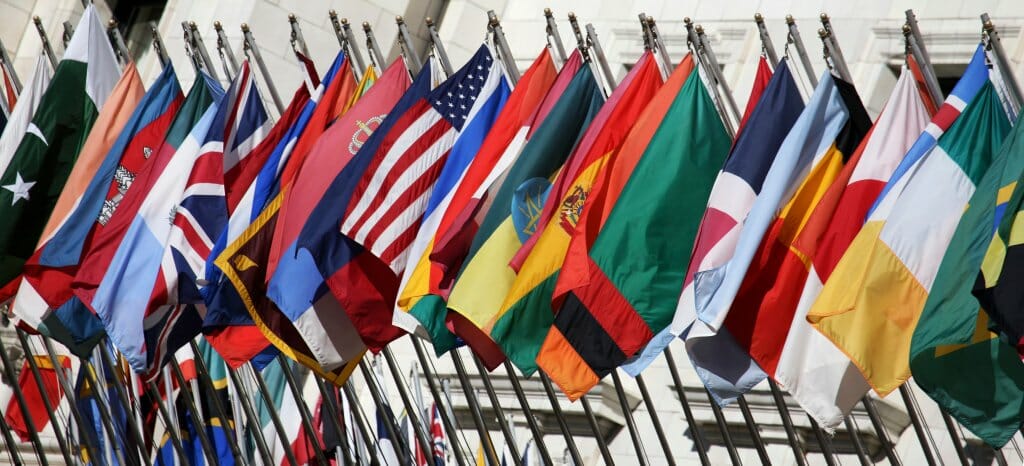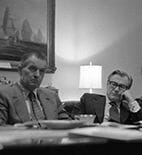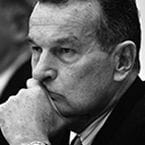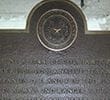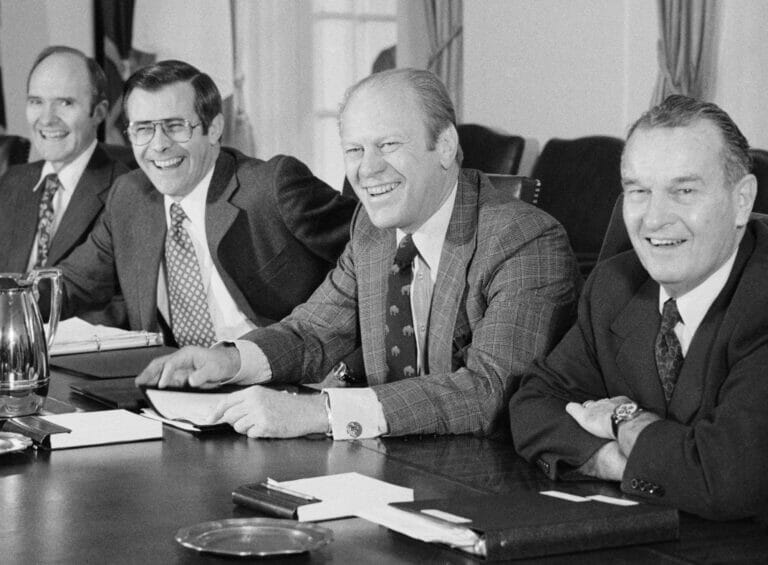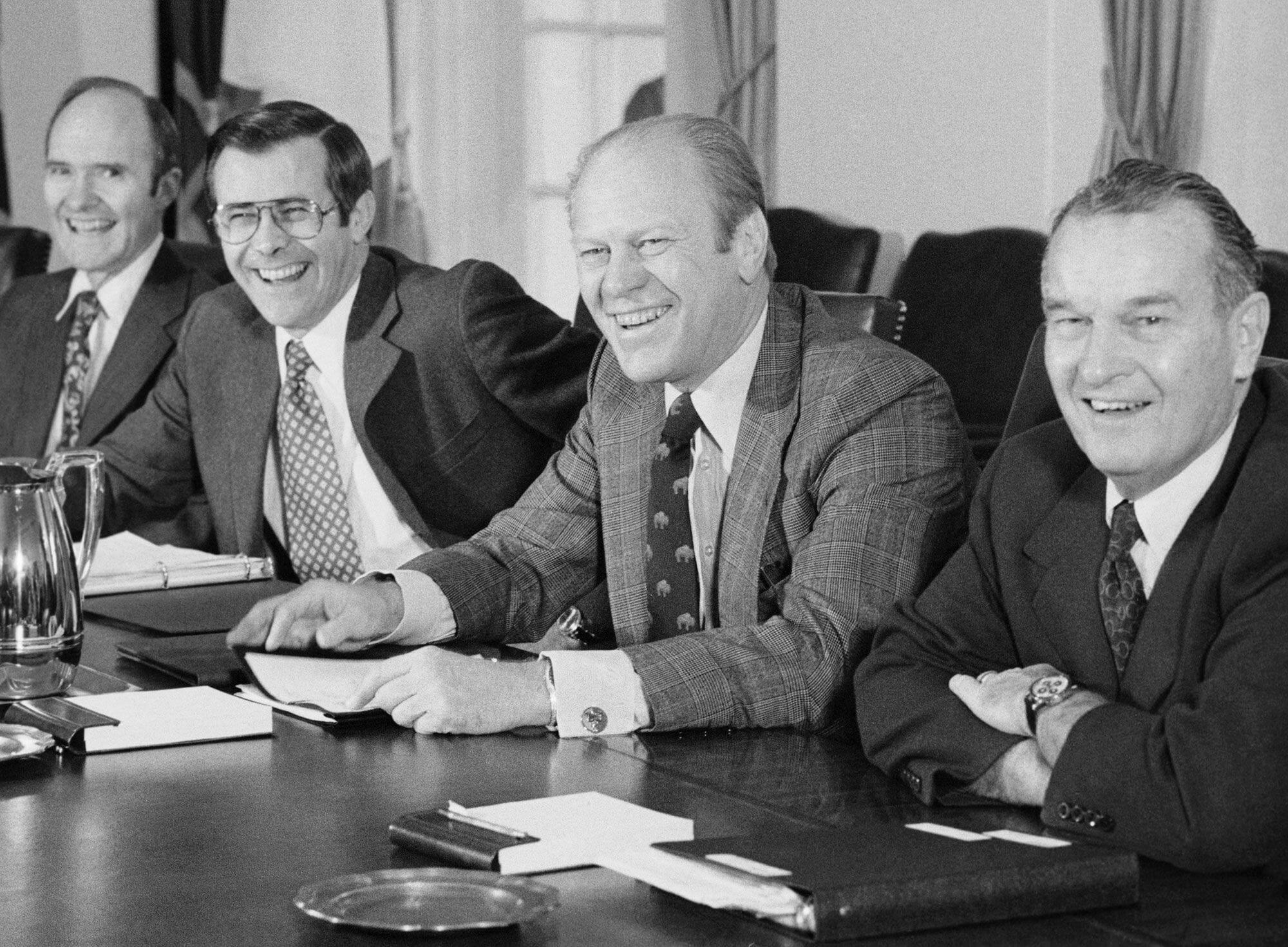North Korea Tree
Although the Korean War officially ended in 1953, more than twenty years later, the Korean Peninsula appeared ready to once again erupt in conflict.
In the final spring and summer of the Ford Administration, the North Koreans stepped up their propaganda to the point where they were delivering nearly daily propaganda pieces declaring that the U.S. was threatening peace and committing acts of aggression. A shooting incident on August 5, 1976 in the United Nations Command joint security zone raised the tensions even higher between North Korea and the jointly acting South Korea and United States. On August 18, 1976, two American Army officers were bludgeoned to death while they were trimming a tree, in an unprovoked attack by a group of North Korean military men.
The top American policy makers convened immediately through a committee called the Washington Special Action Group (also known as the WSAG, this was a subgroup to the National Security Council) to determine the best course of action. Deputy Secretary of Defense Clements asked the necessary question “wasn’t [the tree cutting] a routine operation?” The answer was yes, and this led to a general discussion over what the North Koreans wanted to gain. The most obvious answer was that they wanted to influence the upcoming American presidential election in a way that would lead to U.S. to remove troops from the Korean peninsula.
The WSAG Group did not accept North Korea’s attempt to scare them into a withdrawal. Instead, they contemplated options the U.S. and South Korea could take that would maximize a show a strength. They came up with two options: either take a diplomatic route or a more militaristic route. In the diplomatic route, the U.S. would finish cutting down the tree, but inform the North Koreans of the plan and request international observers to witness the removal. In the more militaristic route, the U.S. would use a substantial contingency of men to cut down the tree without warning while conducting a B-52 flyover. The WSAG quickly decided that the announced tree cutting and the flyover would be the more effective show of force.
The WSAG also decided to keep planning. Though they were confident that their plan would defuse the situation, the months of buildup to the incident led to the question whether or not the North Koreans would continue to provoke conflict. They developed the initial plans to move the Naval Task Force from the Sea of Japan, to fly in F-111s from Idaho, and to develop a strike on North Korean barracks in case the initial tree removal and flyover proved insufficient.
Fortunately, the tree removal went as planned. The Americans and South Koreans quickly dismantled the tree, the Americans conducted a flyover, and soon the plans for escalation, including hitting the North Korean barracks, were scuttled. More importantly, the Americans were able to signal to the North Koreans that South Korea is, and will remain, defended.
Photo citation: Gerald R. Ford Presidential Library. White House Photographic Office Photographs, 1974-77: Series A and B. Photo Descriptions and Contact Sheet Images, 1974. “Vice President Nelson Rockefeller, General George S. Brown, and Deputy Secretary of State William Clements attend a National Security Meeting in the White House Roosevelt Room, 4/28/1975.” Available through the Clements National Security Papers at: http://ns.clementspapers.org/clementsns/images/7134

